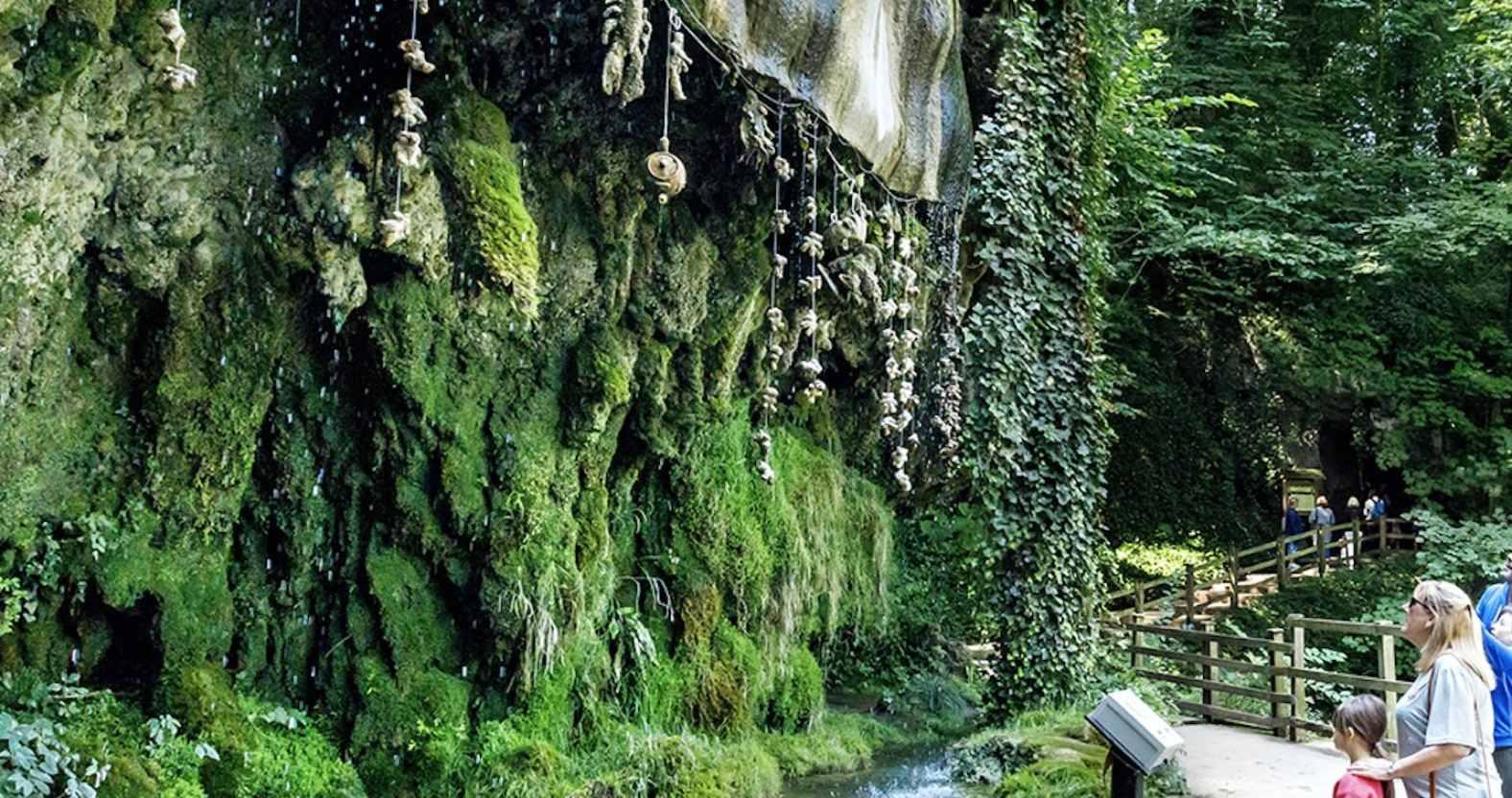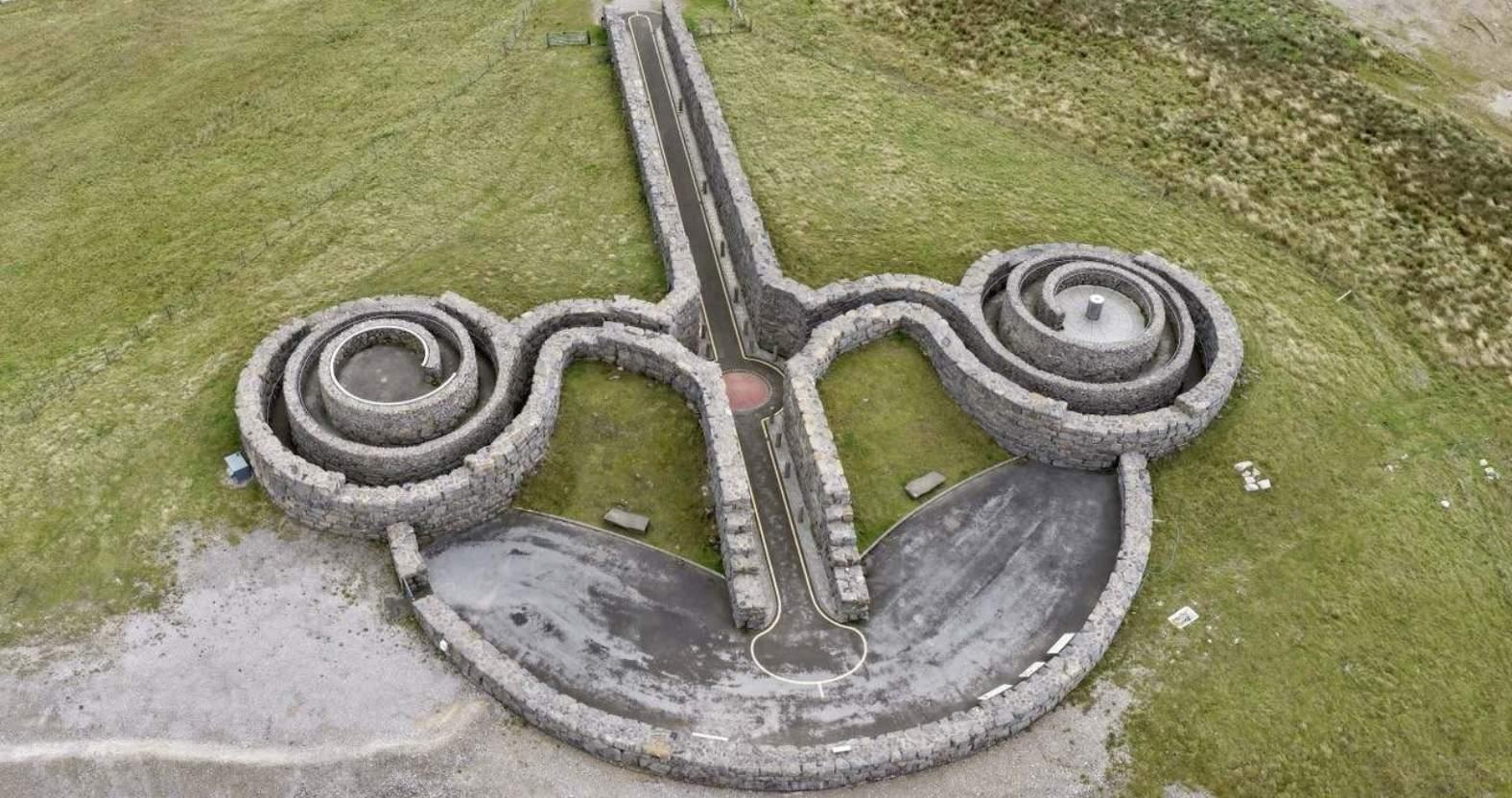Subscribe to trusted local news
In a time of both misinformation and too much information, quality journalism is more crucial than ever. By subscribing, you can help us get the story right.
- Subscription costs less than £1 a week with an annual plan.
Already a subscriber? Log in here.
23
Nov 2024
Sunday Picture Quiz Answers: November 23

Here are the answers to this week's Sunday Picture Quiz. How well did you do?

1. The Dropping Well, Knaresborough
The Dropping Well is the oldest known fee-charging tourist attraction in England, and has been operated since 1630.
The water that constantly drips from the rock is so rich in calcium carbonate that that anything suspended in the flow is gradually encrusted with a coating of the mineral, known as tufa, hence its alternative name of the Petrifying Well (to petrify is to turn to stone).
The well is now part part of the Mother Shipton's tourist attraction, which also includes Mother Shipton's Cave, museum, adventure playground and parkland.

2. Coldstones Cut, Nidderdale
When Hansons Aggregates, the company that owned and operated the limestone quarry at the top of Greenhow Hill above Pateley Bridge, wanted to create a new viewing platform for the public in 2010, it made the bold decision to combine it with a truly monumental piece of art.
The result is the Coldstones Cut, a unique structure whose four-tonne building blocks ensure it will still be here in a thousand years' time and beyond.

The quarry.
Artist Andrew Sabin created a tarmacked stretch of road bordered by steep stone walls, leading to the main viewing platform overlooking the huge quarry.
Off this "street" wind two spiral alleyways, each opening out to a smaller viewing platform, one with a metal plaque showing various species of plant and animal in the vicinity, and the other lined with a narrow metal plaque that curves through 360 degrees and points to dozens of places around the world, from Birstwith to Bombay and Bora Bora, showing their distances from the quarry.

Photo: Martin Priestley.
3. Almscliffe Crag, North Rigton
This crag near North Rigton is a Site of Special Scientific Interest (SSSI) and is of national importance geologically.
It's made of millstone grit deposited as sands in a vast river delta over 300 million years ago, and was formed when the softer shale and mudstone around it eroded away. It was then also shaped by the ice sheet of the last Ice Age, which ended about 10,000 years ago.
Like other millstone grit outcrops in the area, such as Brimham Rocks in Nidderdale and the Cow and Calf near Ilkley, the crag is a favourite spot for rock-climbers to improve their skills.

4. The weir, Ripley Castle
The weir at Ripley Castle was built around 1844 and manages the water flow between the upper and lower lakes of the park's 19th-century pleasure grounds.
Now grade II listed, it features a five-tiered weir and a bridge with ornate cast-iron railings, all constructed in a Gothick (as opposed to Gothic) style.
Too easy or too difficult? Let us know what you think of our quiz by contacting us at letters@thestrayferret.co.uk.
Please do send us tricky pics of the area that we can include – and we'll credit your contribution. Thank you!
0